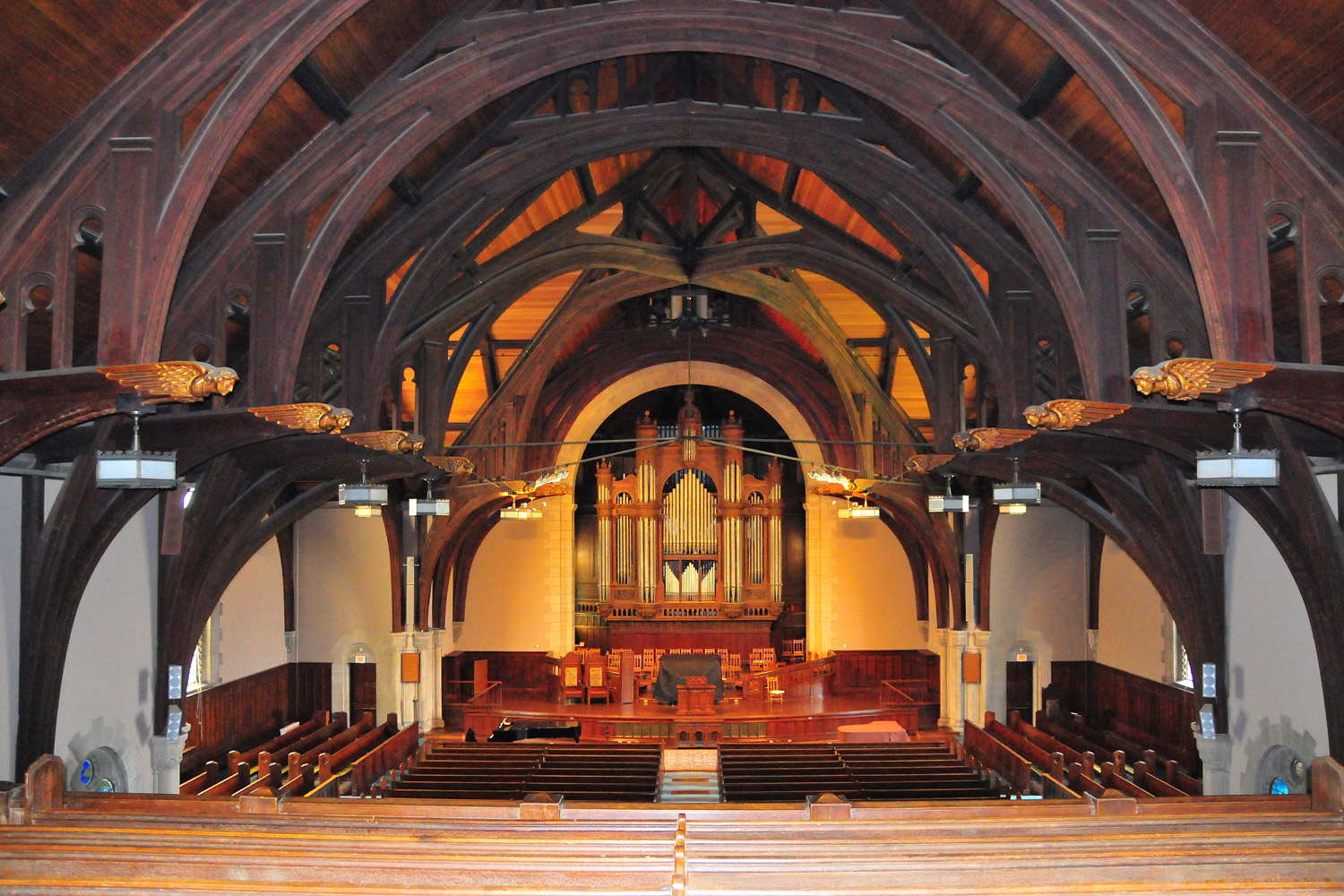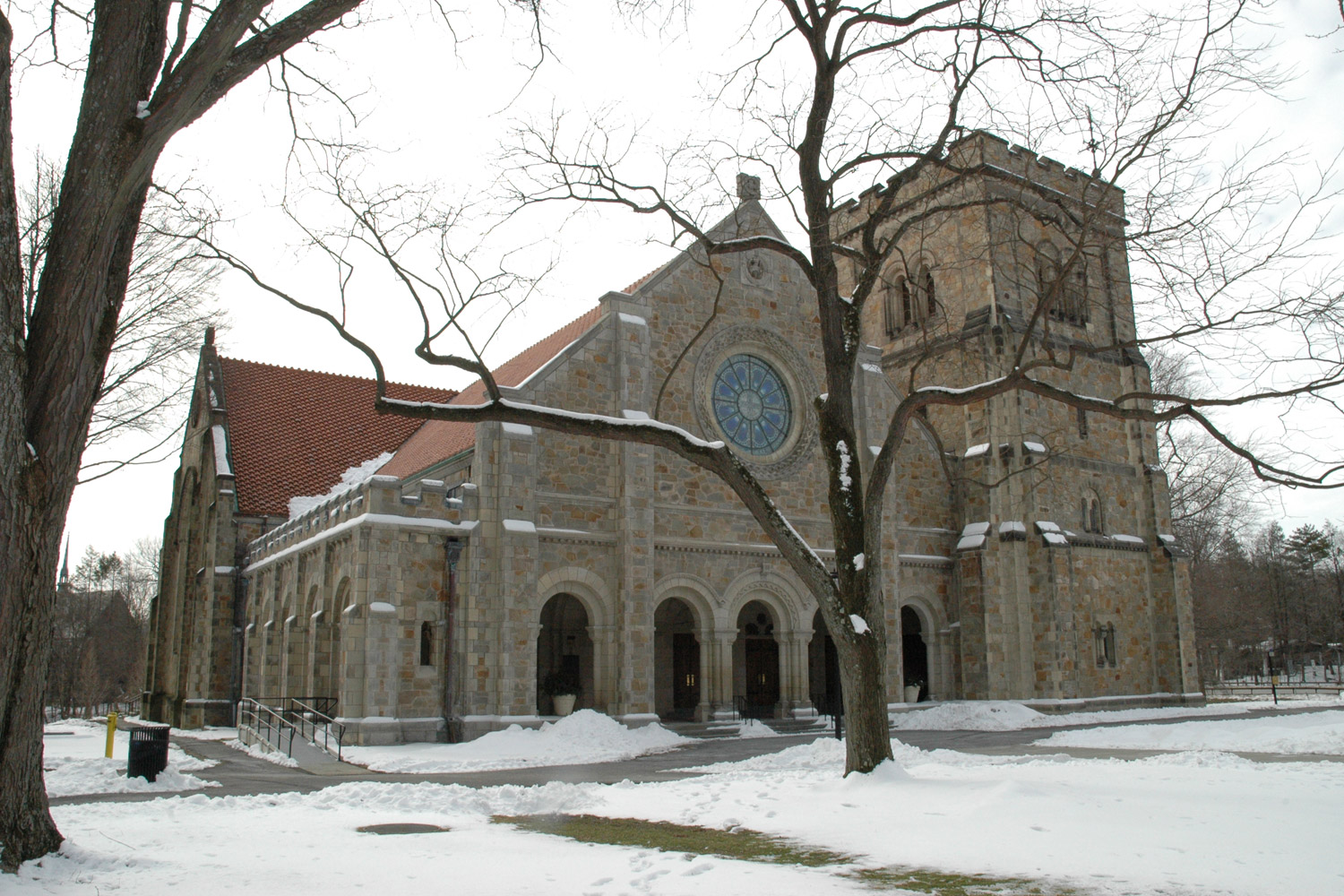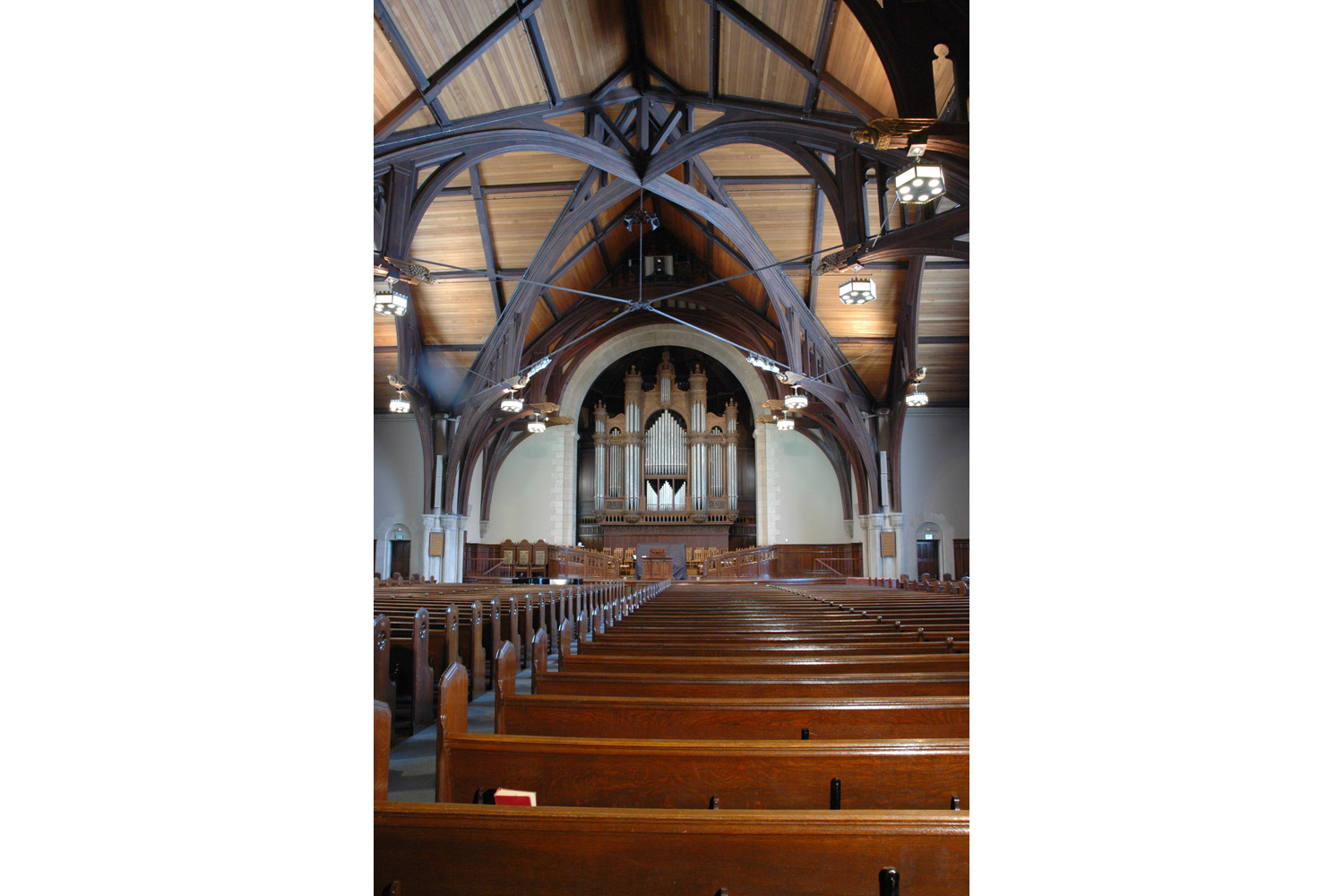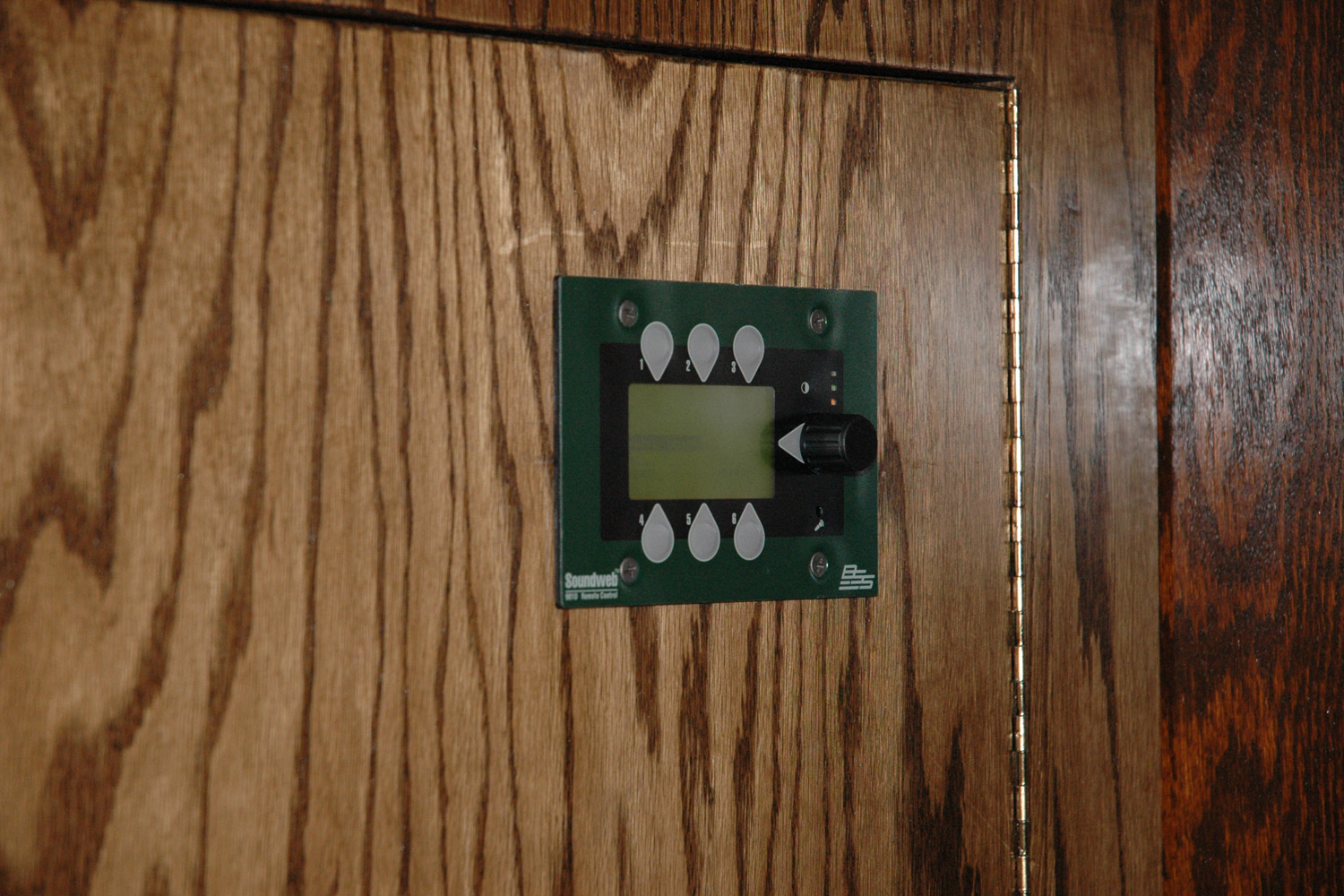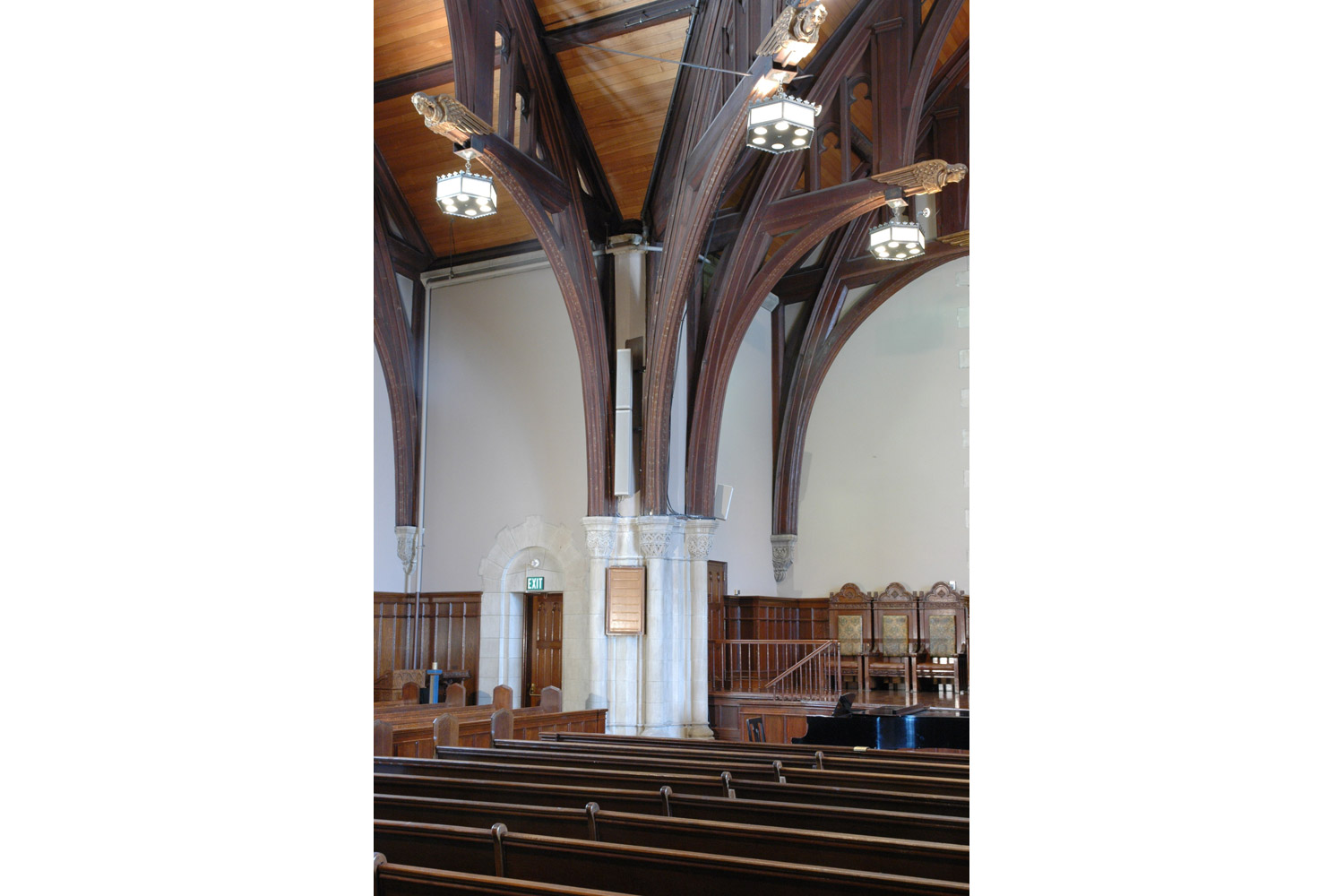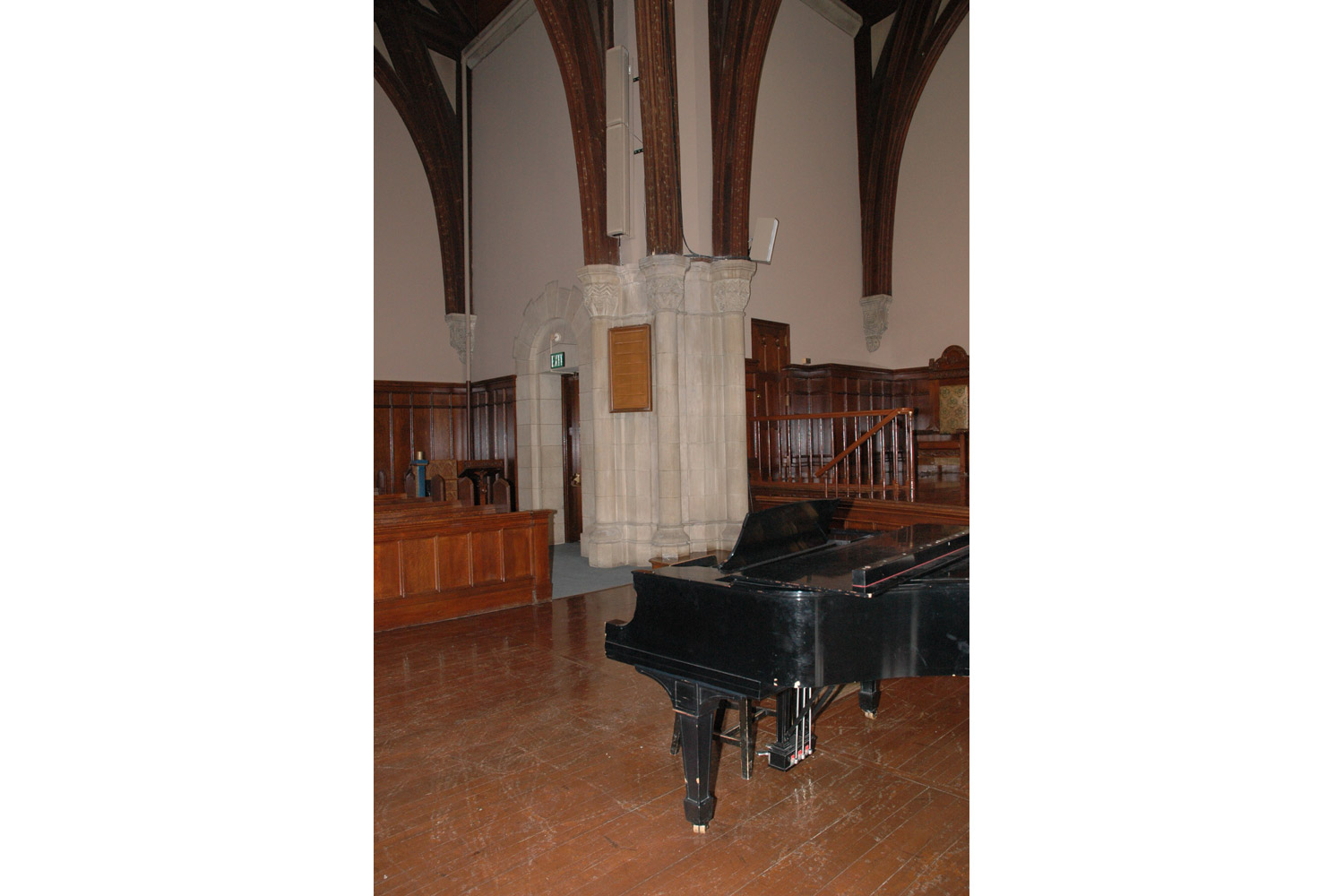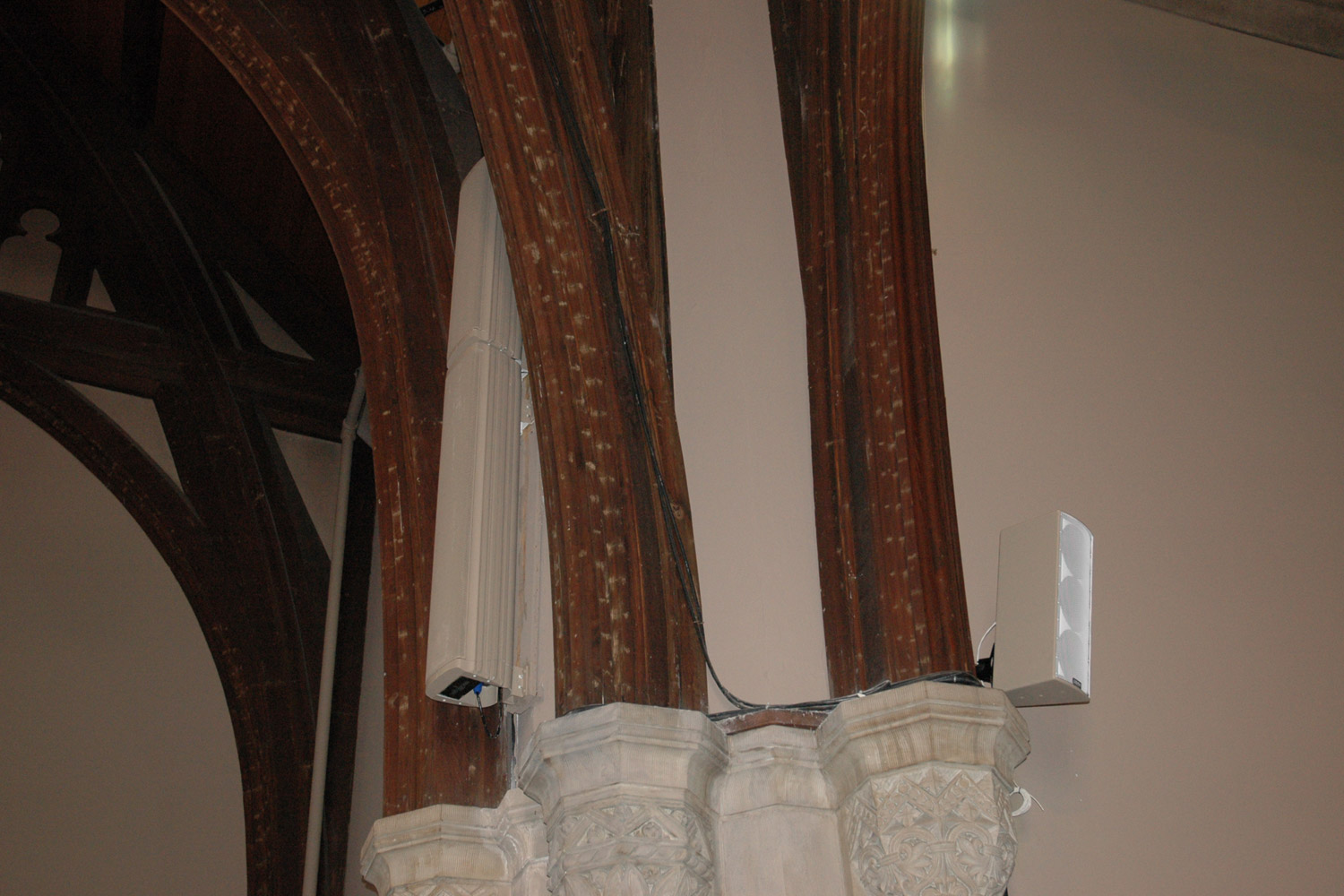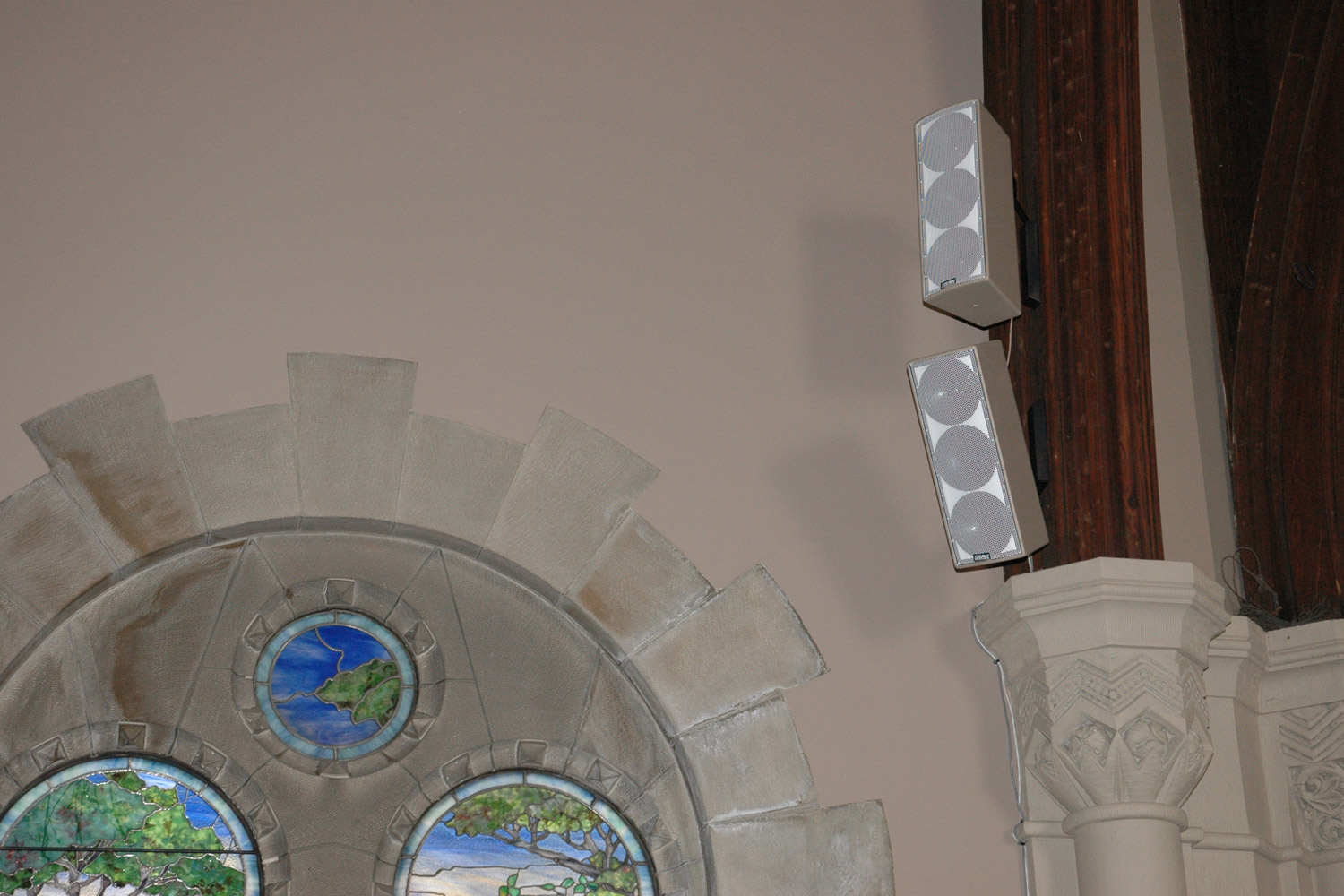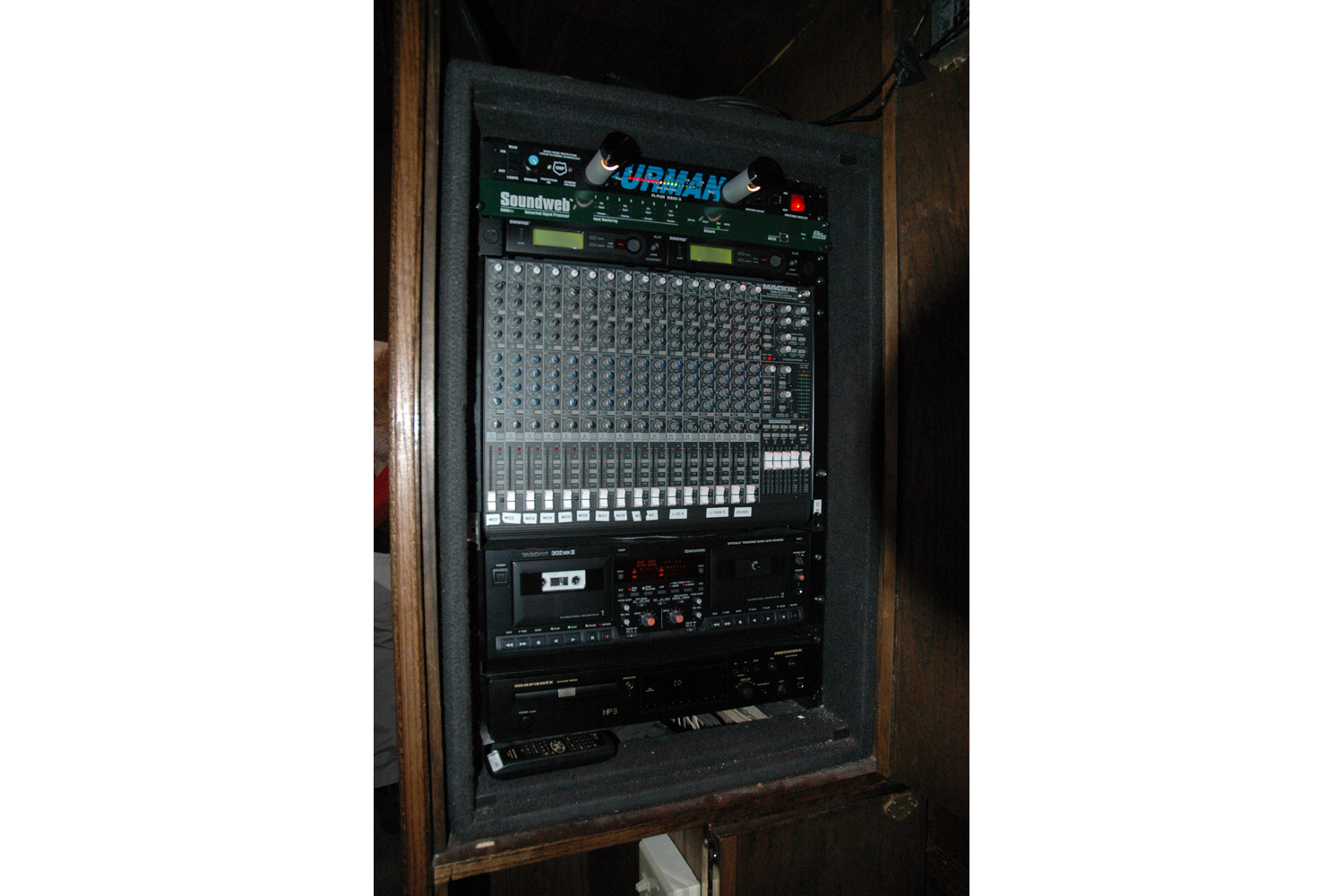Project Description
Background
Founded in 1861, Vassar College is recognized as one of America’s leading Liberal Arts colleges. Located in the scenic Hudson Valley, 70 miles north of New York City, this lovely campus is particularly proud of its magnificent Norman Revival Chapel. While Vassar does not have any particular religious affiliation, the college is committed to providing an environment that supports religious and spiritual inquiry through the programming of the Office of Religious and Spirtual Life.
Services conducted in the chapel include a weekly Catholic Mass as well as weddings and funerals for members of the Vassar community. In addition, the space is used to facilitate the exploration of other expressions of ritual, faith, and commitment through the Arts and Celebration program. As part of the College’s community outreach, the chapel also hosts events and services through the Dutchess County Interfaith Council for the Poughkeepsie, N.Y., community.
But, for all its wood and stonework, Gothic beauty, and historical significance, the acoustics in the Vassar Chapel were being compromised by an antiquated sound reinforcement system that negatively impacted every event held there. Charged with finding an acoustic and sound system consultant to correct this significant issue, Susan Stephens, who at that time was the manager of media resources at the college, discovered a world-renowned acoustician literally in her own backyard. Walters-Storyk Design Group is a 30-plus-year-old architectural/acoustic firm based in Highland, N.Y., just 15 minutes from the campus. WSDG has created nearly 2,000 recording studios, home theaters, distance learning centers, broadcast facilities, and sophisticated audio and video production environments. Credentials that run the gamut from Crossroads, a New York Tabernacle with its own state-of-the-art recording studio, to the new Jazz At Lincoln Center complex in Manhattan’s new Time-Warner Building, convinced Stephens, who currently serves as assistant to Vassar’s VP for computing and information services, that her next-door neighbors were the ideal choice for this assignment.
“Uses for the chapel have changed dramatically over the years,” Stephens says. “It’s one of the few venues on campus capable of accommodating a large audience. We had long been aware of the unintelligibility problem, but the issue became a priority when a presentation by actor Tom Hanks could not be heard by people in the balcony. Finding the Walters-Storyk Design Group so close to home was a distinct advantage, not only because of their proximity, but because project principals Dirk Noy and John Storyk matched our enthusiasm for preserving the building’s historical integrity. We were also pleased with their flexibility in working with our long-standing systems installation firm, Connecticut-based HB Communications.”
Program
“The existing sound reinforcement system had been in place over twenty years,” Storyk explains. “The audio quality of the chapel’s old center cluster speaker array was woefully inadequate for both spoken word and musical events. The system they required was accompanied by one additional caveat. In addition to plug-and-play simplicity for non-technical personnel operation, and auto/manual modes for more sophisticated technicians, and [going] beyond the need to cover the entire audience area (the chapel seats 1,100) with crystal-clear sound, whatever new system we recommended needed to be as close to invisible as possible.”
Storyk and Noy conducted a series of tests to measure, analyze, and eventually calibrate the chapel’s acoustics. The results revealed that RT60 reverb time was measured at 2.5 seconds in mid frequencies, far afield from the room’s optimal 1.5-second requirements. It was fixable, yes, but complicated by Vassar’s aesthetic “hear all speakers; see no speakers; make no changes to the chapel architecture” mandate.
Extensive research and planning led the WSDG team to recommend a sophisticated, digitally controlled, electro-acoustical solution capable of covering the entire seating area and balcony. A combination of modern line array and conventional passive speakers were selected. To ensure the integrity of the manual mix mode, a password must be entered into a programmable remote before integrating multiple microphones, an additional analog mixer, and other sources into the system.
The complex speaker install was a formidable undertaking involving careful mounting of the speakers at a height of more than 30ft. The main front left/right loudspeakers, EAW DSA 230/250, installed one above the other, are digitally controllable line arrays. EAW JF80 delay loudspeakers were chosen for the rear seats and the balcony. Discreetly tucked into a vestibule, the equipment rack features a powerful collection of digital technology. The system includes: a CD player, a tape deck, multiple wireless microphone receivers, Crown amplification, BSS Soundweb Digital Signal Processing (DSP), and a BSS Jellyfish Remote Control user interface with LCD screen and password privilege management.
The proof of any successful installation is in its performance. Both Stephens and Professor Rachel Kitzinger, director of academic facilities development, report that the Chapel’s new sound reinforcement system is crisp, clear, virtually invisible, and entirely appropriate for the diverse needs of this 101-year-old centerpiece of a 144-year-old institution.

